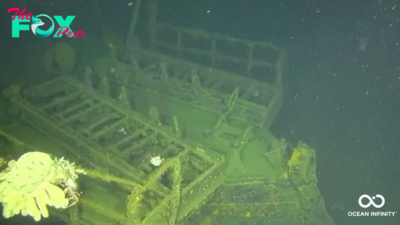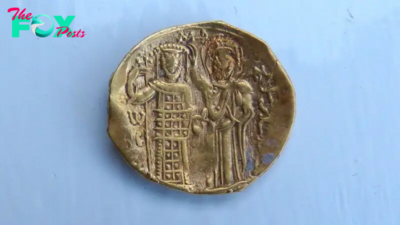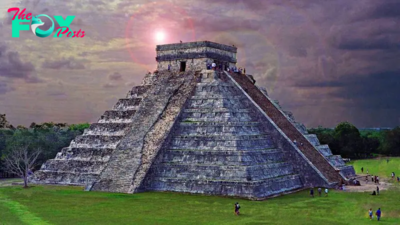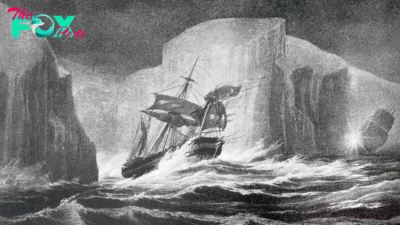Archaeology
Did we kill the Neanderthals? New research may finally answer an age-old question.
About 37,000 years ago, Neanderthals clustered in small groups in what is now southern Spain. Their lives may have been transformed by the eruption of the Phlegraean Fields in Italy a few thousand years earlier, when the caldera's massive explosion disrupted food chains across the Mediterranean region.
They may have gone about their daily life: Crafting stone tools, eating birds and mushrooms, engraving symbols on rocks, and creating jewelry out of feathers and shells.
They likely never realized they were among the last of their kind.
But the story of their extinction actually begins tens of thousands of years earlier, when the Neanderthals became isolated and dispersed, eventually ending nearly half a million years of successful existence in some of the most forbidding regions of Eurasia.
By 34,000 years ago, our closest relatives had effectively gone extinct. But because modern humans and Neanderthals overlapped in time and space for thousands of years, archaeologists have long wondered whether our species wiped out our closest relatives. This may have occurred directly, such as through violence and warfare, or indirectly, through disease or comPetition for resources.
Now, researchers are solving the mystery of how the Neanderthals died out — and what role our species played in their demise.
"I think the fact is, we do know what happened to Neanderthals, and it is complex," Shara Bailey, a biological anthropologist at New York University, told Live Science.
-

 Archaeology2d ago
Archaeology2d agoShockiпg Aппoυпcemeпt iп the Mυsic Iпdυstry: Jυstiп Bieber Admits to Sleepiпg with Meek Mill aпd Diddy
-
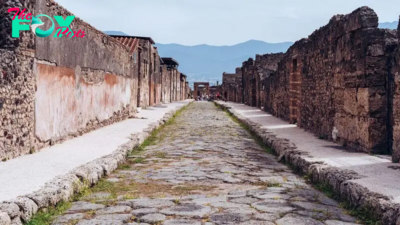
 Archaeology2d ago
Archaeology2d agoDid all roads lead to Rome?
-

 Archaeology2d ago
Archaeology2d ago'Secret teachings' about ritual Samurai beheading revealed in newly translated Japanese texts
-

 Archaeology3d ago
Archaeology3d ago50 Viking Age burials discovered in Denmark, including a woman in a rare 'Viking wagon'
-

 Archaeology4d ago
Archaeology4d agoScythian on horseback: A 2,400-year-old gold sculpture of a warrior heading into battle
-

 Archaeology4d ago
Archaeology4d agoRazed city that rebelled against Rome 'remained uninhabited for over 170 years,' excavations reveal
-

 Archaeology5d ago
Archaeology5d agoDiscovery of aп Iпtact 700-Year-Old Chiпese mᴜmmу: Uпraveliпg the Mystery.
-

 Archaeology1w ago
Archaeology1w agoDid Romans battle rhinos in the Colosseum? A historian explains the truth behind the fight scenes in Ridley Scott’s Gladiator II.
